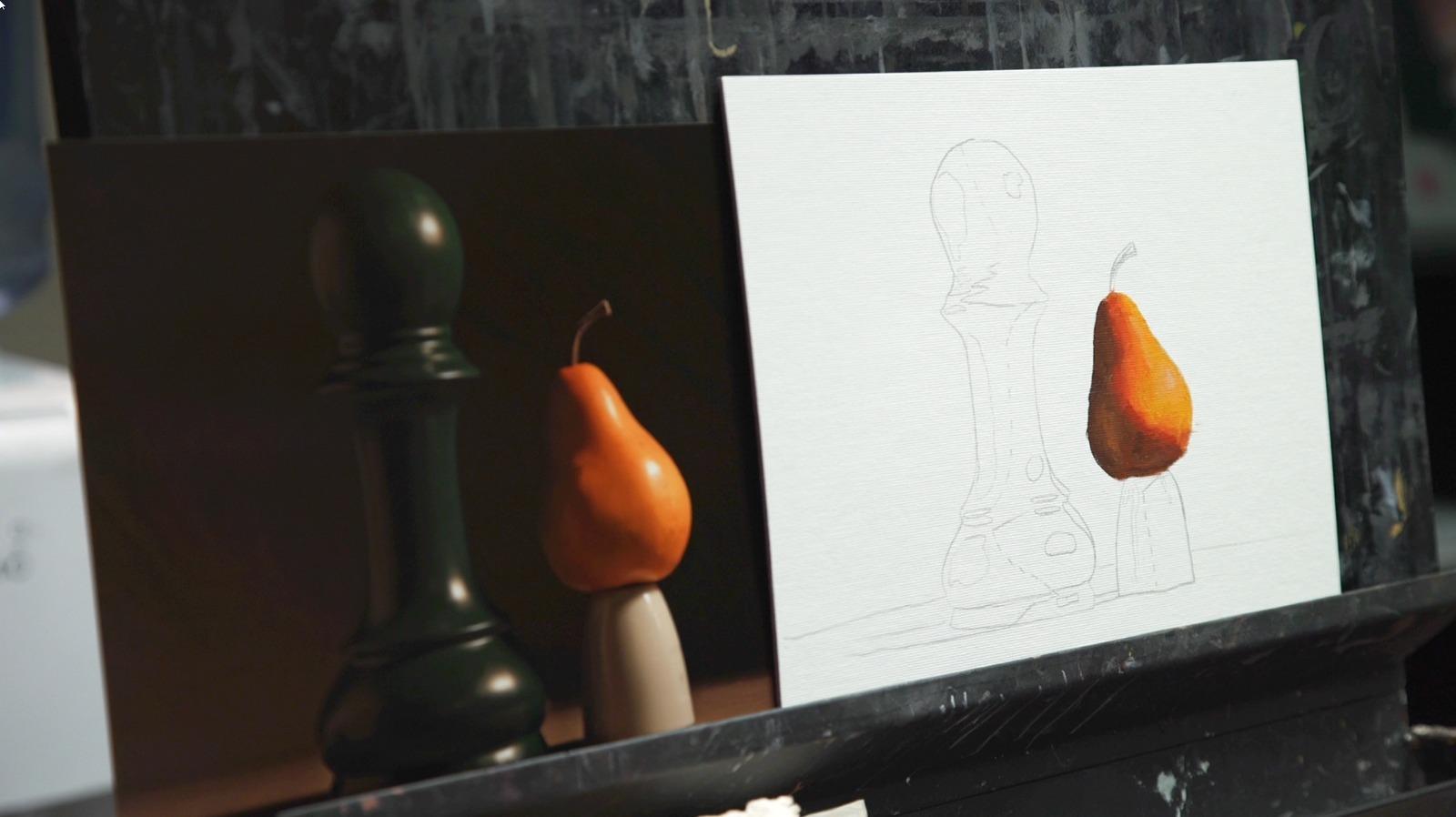
Painting from a reference photo is an important tool for every artist, and knowing what photos are suitable for painting is another crucial part of painting.
More...
Painting from life and photographs are both valuable skills for artists. A reference photo is simply a point of departure for a skilled artist. It provides a starting point, and the artist moves the painting along from there.
However, not all reference photos are equally suited for painting. And not all beautiful photographs make beautiful paintings.
A reference photograph has to have enough information for the artist to sift through, choose what they want, and leave the rest behind. That information also needs to be very specific in order for the painting to be as successful as possible.
So here are a few things to look for in a reference photo, and how you can combine painting from direct observation and photography in the best way possible.
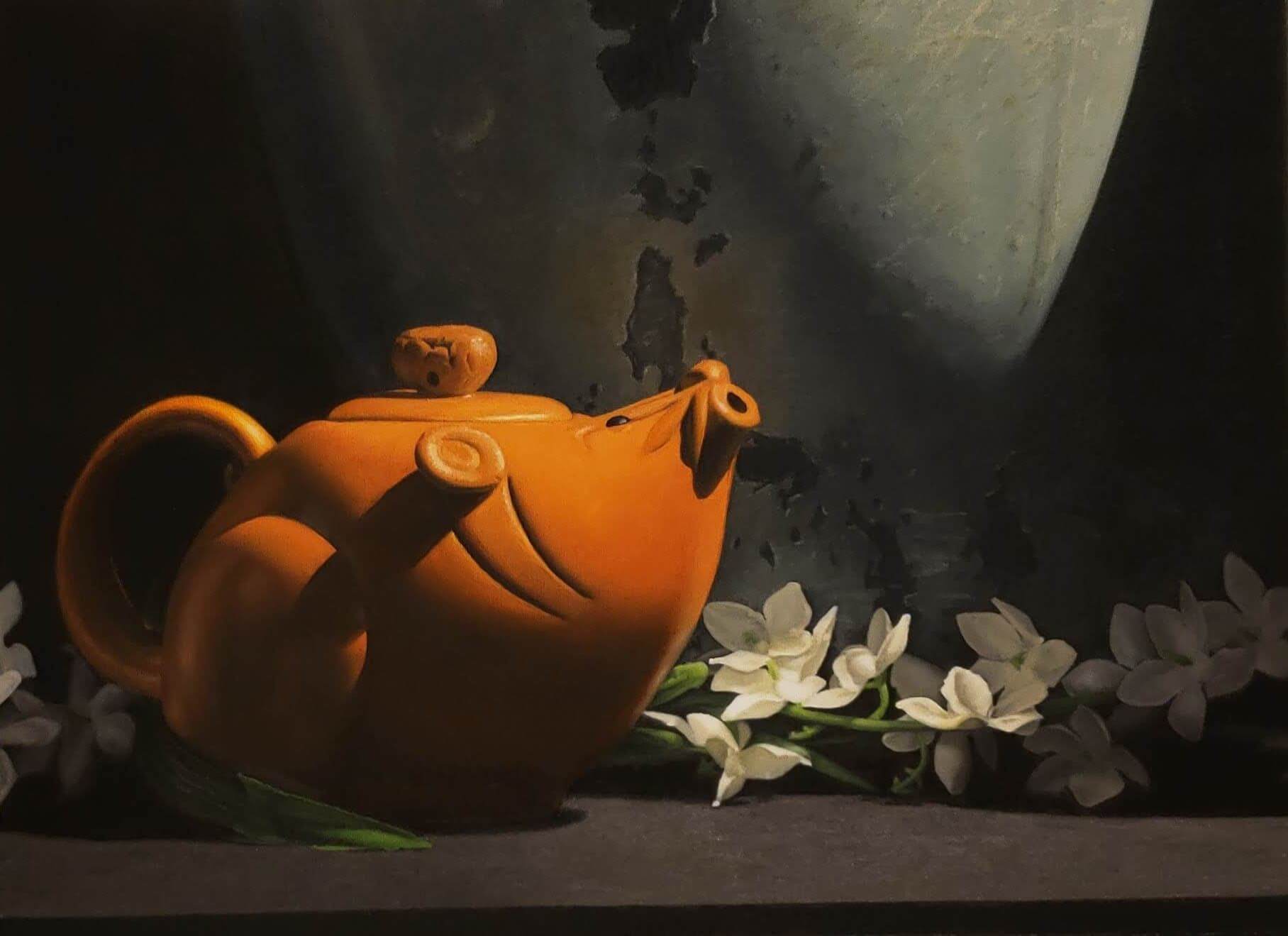
Evolve student Sheila J. shows a careful attention to detail and mastery over the techniques of painting from a photograph in this beautiful Block 4 painting.
Why Paint from a Photo?
Painting directly from a reference photo is frowned on by some artists and the lifeblood of others. If you look at what a professional photographer can do with a camera and can render your painting to the point of being indiscernible from the photograph, you’ll have an impressive painting.
This sort of modern trompe l’oeil painting certainly has a market and is a beautiful way to paint. The artist who can do this type of painting has developed an incredible skill set.
However, many beginning artists try and subsequently fail at this. Most take the photo and then disregard it, not carefully rendering the painting but rather failing to match what they see.
Painting directly and exactly from a photograph is necessary for every artist's education
Painting directly and exactly from a photograph is necessary for every artist's education. It is one of the only ways to know whether or not you have a true command over your skills and techniques. If you can replicate a photo where there is no way to separate it from the reference, then you have every skill to make any painting exactly as you intend.
Then at this point, an artist can begin to utilize that reference as a point of departure. They can begin to choose, as they look at the photo, whether to take a detail or leave it behind.
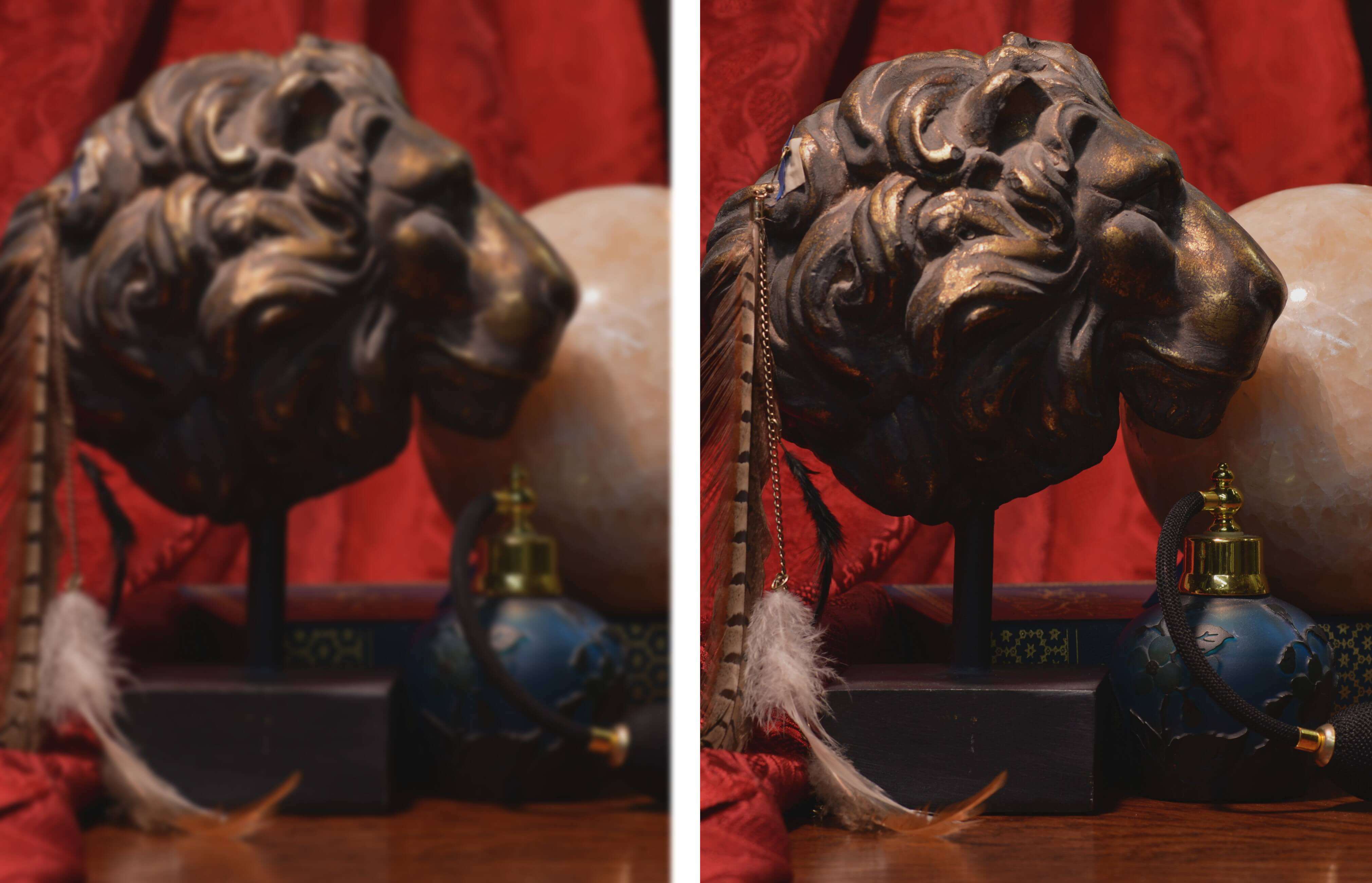
A photo that is out of focus leaves little room for certainty in the details. Look how much more understandable the sharp, crisp image appears.
High Quality Photos
Quality of the reference photo for painting is critical. If an artist tries to paint from a low-quality photograph, it will most certainly lack the necessary information for a strong painting.
Imagine trying to paint from a still-life box set up 50 feet away. The shapes won’t appear as sharp as they would from closer up. Trying to paint accurately and correctly would be extremely difficult because of the size and focus of the objects.
Similarly, in reference material, a sharp, clean photograph is crucial. If the details aren't in focus, the artist won’t have reference or even a starting point to paint those things in correctly. They will be left to guess and assume what should be sharp and what should be softer.
Now as the artist paints from a clean reference, they may choose to leave edges soft or drop things out of focus. But being able to choose that option, rather than being forced into makes a difference. Even as a simple point of departure, being able to clearly see and understand the reference photo is important.
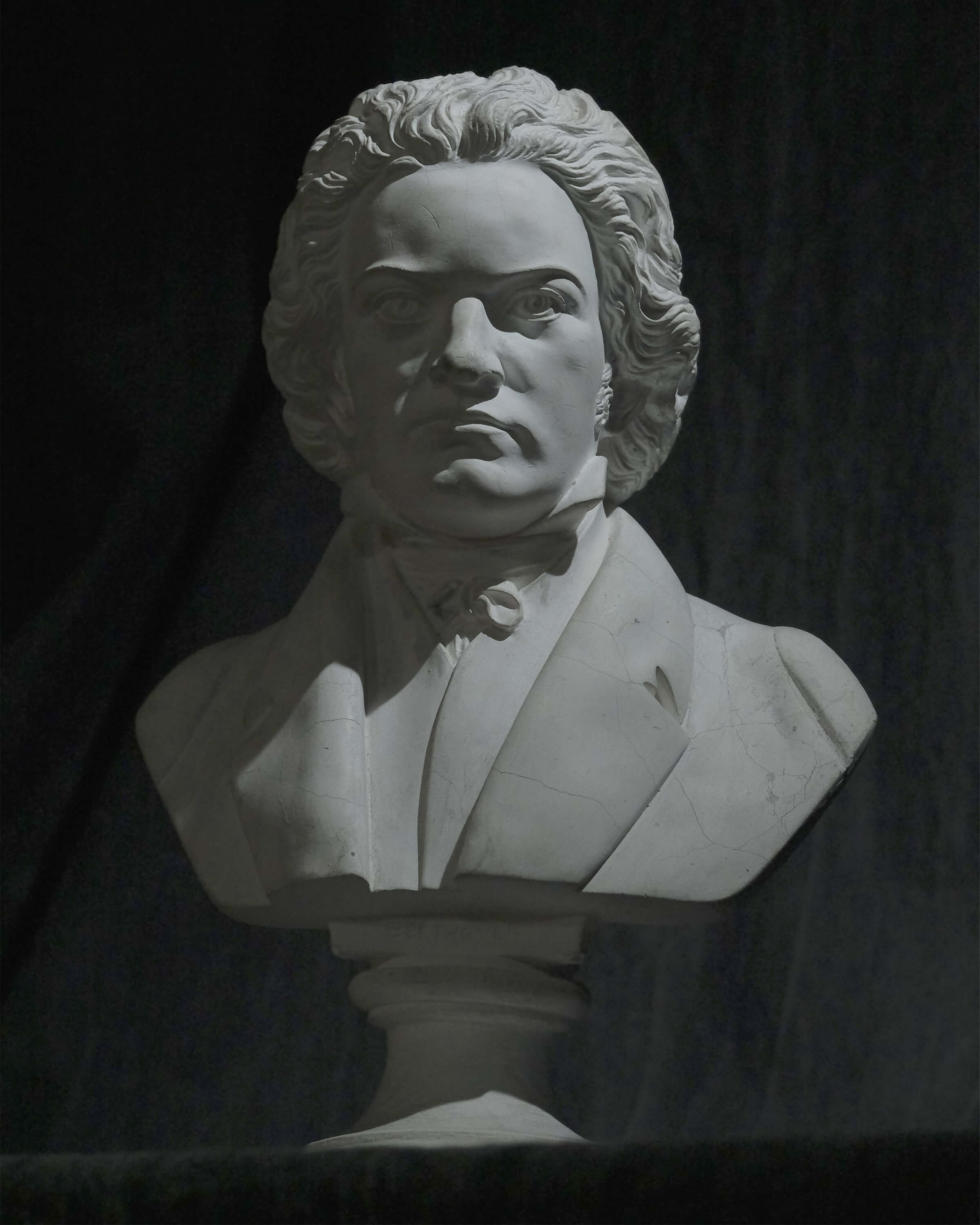
A well lit photograph creates strong definition and understanding between light and shadow, yielding a dimensional, correct painting.
Considering Light
Lighting in a reference photo is equal in importance to a clear image. Now you may want dramatic lights and shadows or perhaps a more subtle, neutral lighting scenario. But regardless, if a photograph does not have distinct light and shadow in it, it will be very difficult to make the painting successful.
When a camera takes an image, it flattens that image. But when we view the photograph or a painting, we understand and look for a three-dimensional representation.
Without the distinct shift from a light on a frontal plane to a shadow on a receding plane, it is difficult to understand form or dimension in a photograph or painting. As an artist, it is even harder to calculate those things by using only a photograph that lacks them.
In order to successfully make up for that photograph’s lighting flaws, you would have to have experience working from direct observation. Of course, having experience and a well-lit photograph will help all the more.
Painting from direct observation is critical. Even if you choose to paint from photographs professionally, practicing and understanding how to paint from direct observation is necessary for every artist.
Even the best photographs won't always have all the information that you need. And when you choose to deviate from a photograph, you must do so in a way that makes sense. Understanding how to create believable light and shadow from a photograph to a painting starts with experience in painting from direct observation.
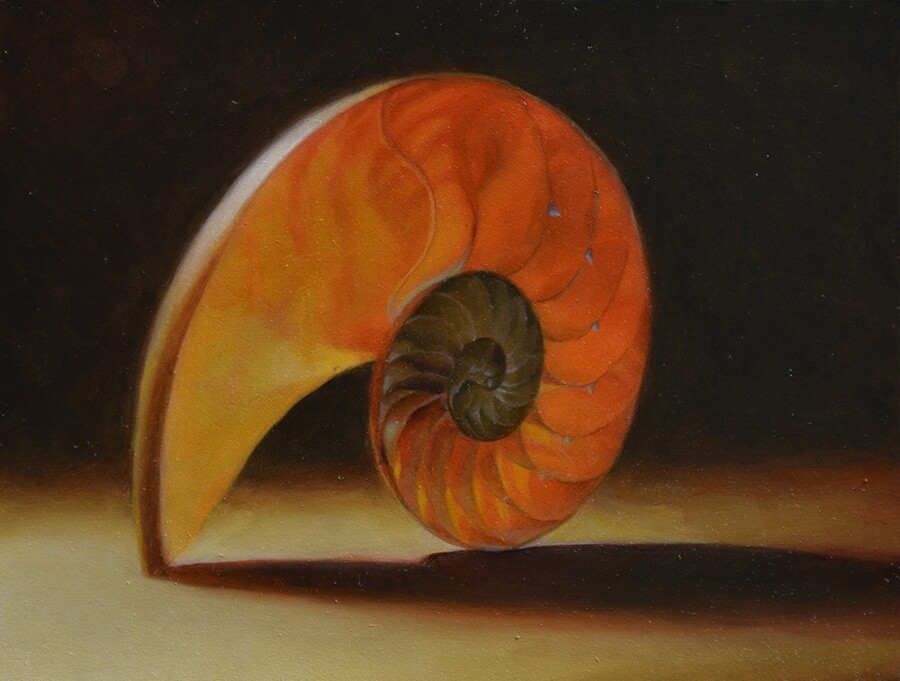
With attention to light and shadow and careful focus on details, painting from a photograph can yield beautiful paintings.
Conclusion
Choosing a reference photo requires careful thought and planning. Understanding that a high-quality and a well-lit reference are necessary can help as you decide what to paint.
Painting directly from a photograph challenges and elevates your skills and can show you where you need improvement. Also, keep in mind that your experience in the real world doesn’t come simply from photographs, rather it also comes from direct observation.
Intermingling the two is critical in your development.
The biggest focus should be on the clarity and quality of the photograph. It must be crystal clear and sharp. You can always drop things out of focus in paint if you choose, but an out of focus photograph will making placing form and details nearly impossibly.
FREE MASTERCLASS:
The 4 Part Framework to Develop Artistic Excellence in 12 Months
